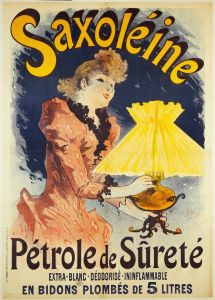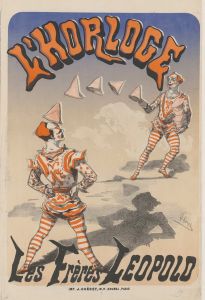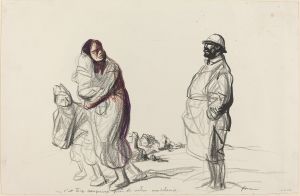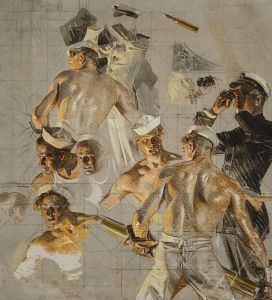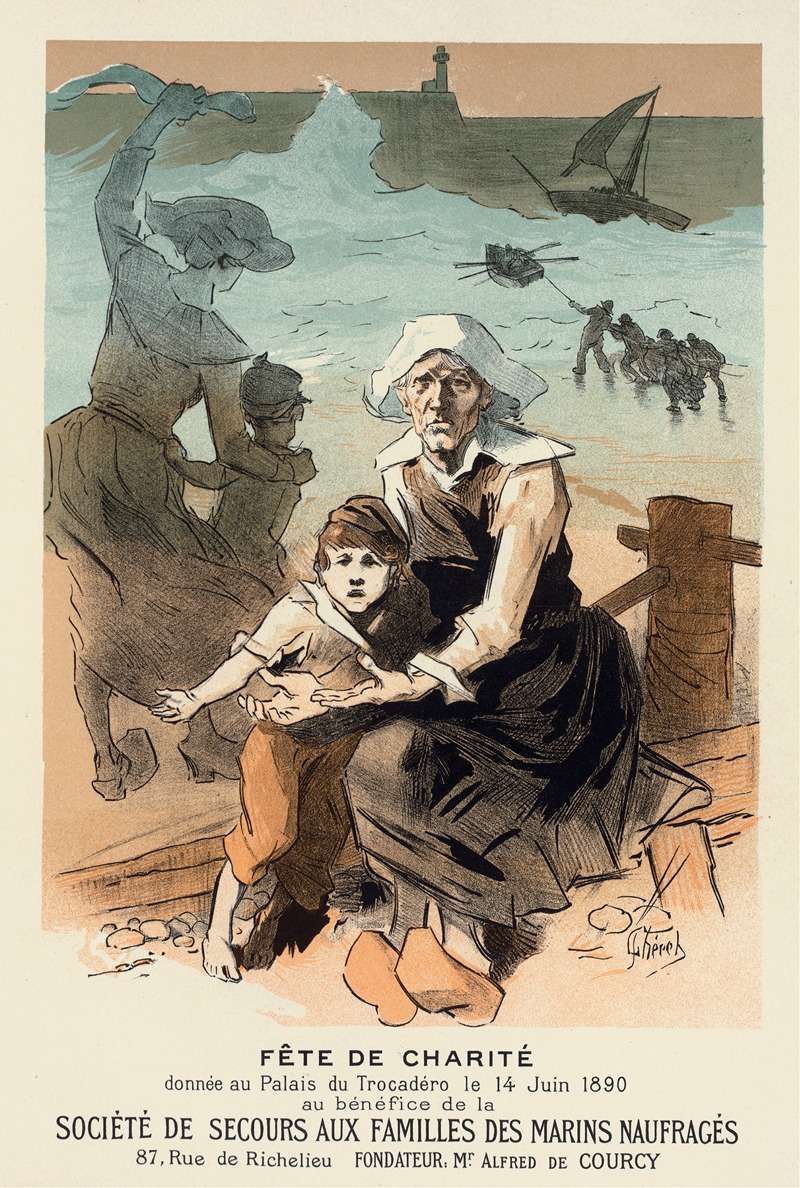
Société De Secours Aux Familles Des Marins Naufragés
A hand-painted replica of Jules Chéret’s masterpiece Société De Secours Aux Familles Des Marins Naufragés, meticulously crafted by professional artists to capture the true essence of the original. Each piece is created with museum-quality canvas and rare mineral pigments, carefully painted by experienced artists with delicate brushstrokes and rich, layered colors to perfectly recreate the texture of the original artwork. Unlike machine-printed reproductions, this hand-painted version brings the painting to life, infused with the artist’s emotions and skill in every stroke. Whether for personal collection or home decoration, it instantly elevates the artistic atmosphere of any space.
Jules Chéret, a prominent French painter and lithographer, is widely recognized for his significant contributions to the development of poster art in the late 19th century. One of his notable works is the poster "Société De Secours Aux Familles Des Marins Naufragés," which translates to "Society for the Relief of Shipwrecked Mariners' Families." This piece is emblematic of Chéret's style and the cultural context of the time.
Jules Chéret was born on May 31, 1836, in Paris, France. He is often referred to as the "father of the modern poster" due to his pioneering techniques and vibrant designs that transformed advertising into an art form. Chéret's work was instrumental in the popularization of the color lithograph, a method that allowed for the mass production of colorful and eye-catching posters. His artistic style is characterized by lively compositions, dynamic figures, and a masterful use of color, which helped to elevate the status of posters from mere advertisements to collectible art pieces.
The "Société De Secours Aux Familles Des Marins Naufragés" poster was created in the context of Chéret's broader body of work, which often included advertisements for theatrical performances, products, and social causes. This particular poster was designed to promote a charitable organization dedicated to providing aid to the families of sailors who had been lost at sea. During the 19th century, maritime activities were crucial to trade and transportation, but they also posed significant risks. Shipwrecks were not uncommon, and the loss of sailors often left families in dire financial situations. Organizations like the Société De Secours Aux Familles Des Marins Naufragés played a vital role in offering support and relief to those affected by such tragedies.
Chéret's poster for the society is a testament to his ability to blend artistic flair with social messaging. While specific details about the visual elements of this particular poster are not extensively documented, Chéret's typical style involved the use of bright colors and graceful figures, often depicting women in flowing garments, which conveyed a sense of movement and vitality. His posters were designed to capture the attention of passersby and communicate their message quickly and effectively.
The impact of Chéret's work extended beyond the immediate purpose of advertising or promoting social causes. His posters contributed to the democratization of art by making it accessible to the general public. The streets of Paris became open-air galleries where people from all walks of life could enjoy and appreciate art. Chéret's influence also paved the way for future artists and designers, inspiring movements such as Art Nouveau and influencing notable figures like Henri de Toulouse-Lautrec and Alphonse Mucha.
In summary, Jules Chéret's "Société De Secours Aux Familles Des Marins Naufragés" is a reflection of his innovative approach to poster art and his commitment to using his talents for social good. While specific visual details of this poster may not be widely recorded, its creation underscores the important role of art in raising awareness and supporting charitable causes during the late 19th century. Chéret's legacy as a pioneer of modern poster art continues to be celebrated for its artistic merit and cultural significance.









